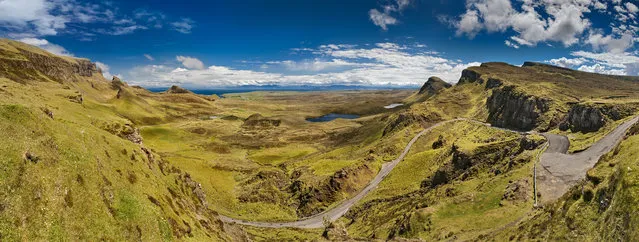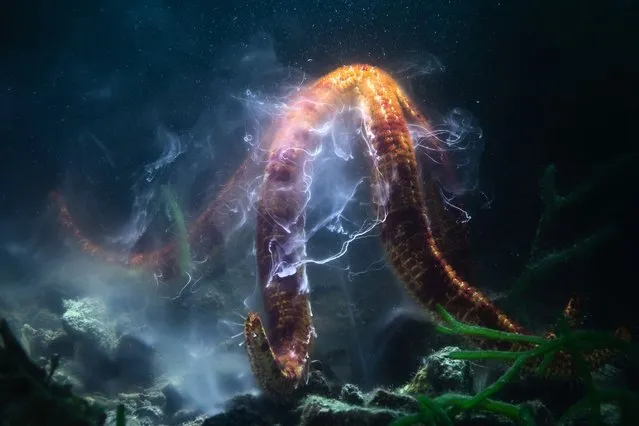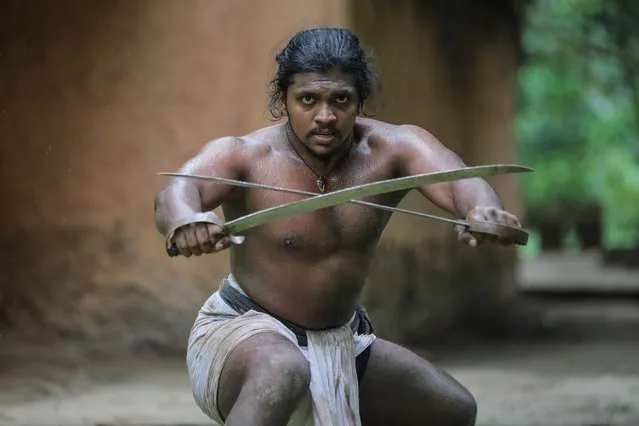
Erik Johansson is a Swedish photographer and professional retouch artist who likes to create breathtaking photo manipulations from his photographs by using his creative ideas. Photo manipulation or Photoshopping, as most of people know it, is the application of image editing techniques used by professionals as well as amateurs. Today, there are large numbers of numerous photo editing software available in the market. Erik Johansson graduated with a degree in computer engineering, but his passion is photography and he wonderfully mixed photography with creative Photoshopping. You can see in the images below that how beautifully he has created different moments from various fields of life. Erik Johansson lives and work in Berlin, Germany.
21 Feb 2013 10:40:00,post received
0 comments







